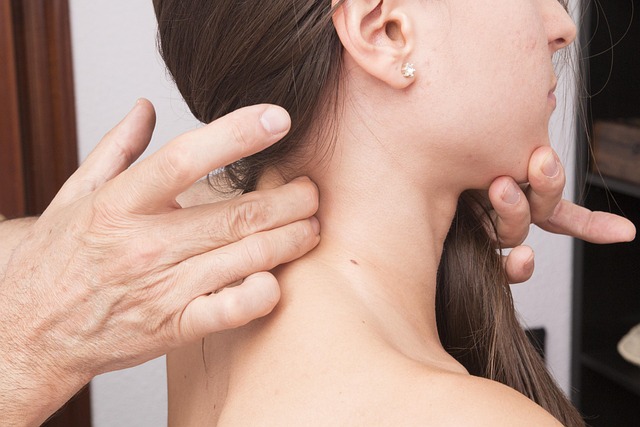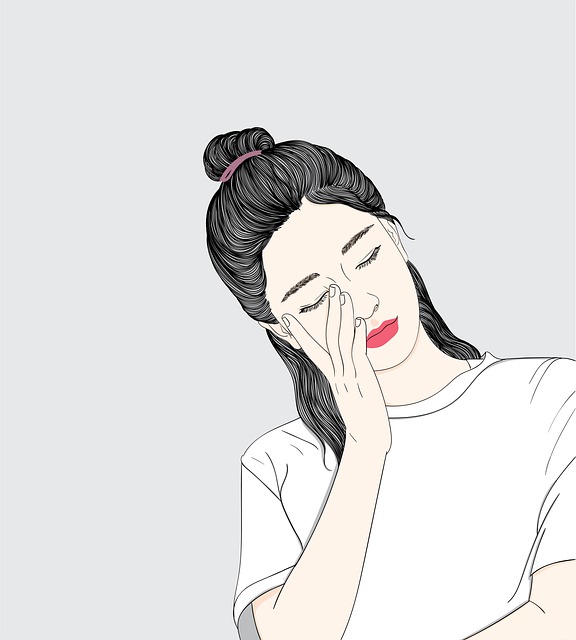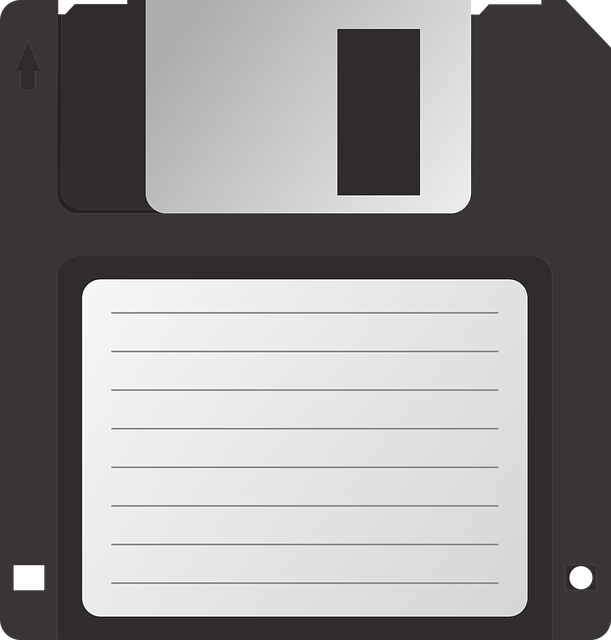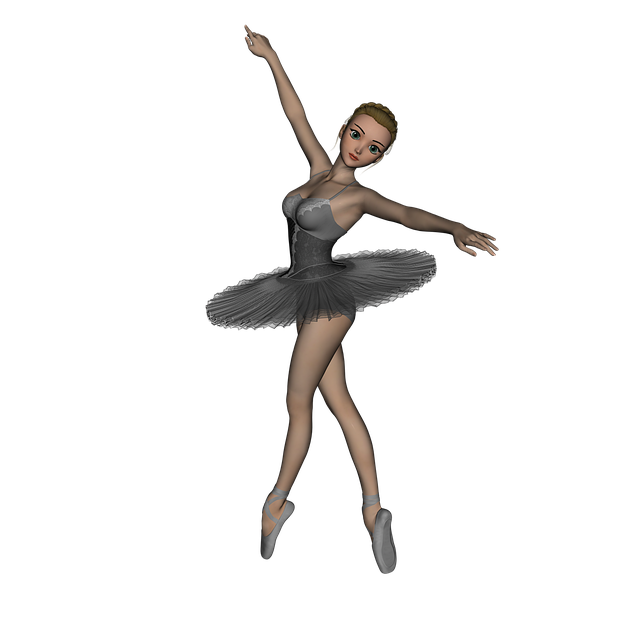Forward head posture, a common result of accidents, disrupts spinal alignment, causing muscle tension and chronic pain. Chiropractors use corrective techniques to realign the spine, target specific neck/upper back areas, alleviate symptoms, and improve recovery from traumatic events. Corrective chiropractic care, focusing on manual adjustments and targeted exercises, is key for postural issue resolution after accidents.
Forward head posture, often a result of accidents or poor habits, can lead to significant spinal misalignment and discomfort. This article delves into understanding this common issue and explores effective treatments, focusing on corrective chiropractic care as a game-changer in postural recovery. We discuss the impact of accidents on the spine, the role of chiropractors in addressing forward head posture, and practical strategies to improve overall alignment and well-being.
- Understanding Forward Head Posture After Accidents
- Role of Corrective Chiropractic Treatments
- Effective Strategies for Postural Recovery
Understanding Forward Head Posture After Accidents
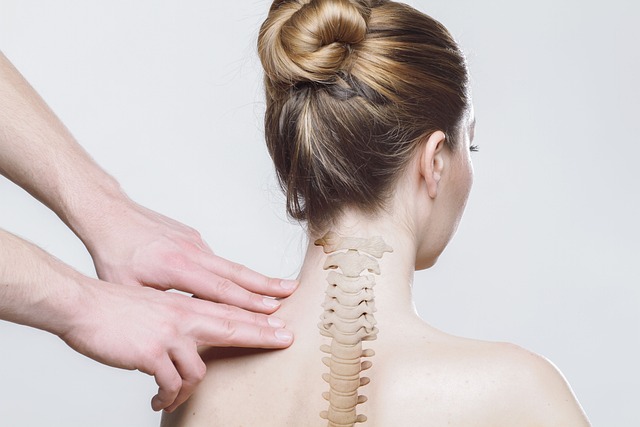
Forward head posture often develops after accidents, such as car collisions or falls. In these events, the sudden impact can disrupt the natural alignment of the spine, causing the head to shift forward and the shoulders to round. This results in a postural imbalance where the upper body bears an abnormal weight distribution, leading to discomfort, muscle tension, and even chronic pain.
Chiropractors are trained to recognize and address these postural issues stemming from accidents using corrective chiropractic techniques. These adjustments aim to realign the spine, reducing pressure on nerve roots and promoting healing. By targeting specific areas of the neck and upper back, chiropractors can help alleviate symptoms and improve overall posture, enabling individuals to regain their physical well-being after traumatic events.
Role of Corrective Chiropractic Treatments

Corrective chiropractic treatments play a pivotal role in addressing forward head posture, especially for individuals who have experienced accidents or injuries. After an accident, the body often compensates to protect itself, leading to postural imbalances and misalignments of the spine. Chiropractors employ various techniques to correct these misalignments, aiming to restore proper spinal curvature and improve overall posture.
These treatments involve gentle adjustments to the vertebrae, as well as targeted exercises designed to strengthen the muscles that support the spine. By focusing on corrective care, chiropractors help alleviate the strain placed on the neck and upper back due to prolonged forward head posture. This approach not only provides immediate relief but also prevents further deterioration of spinal health, promoting long-term postural stability and improved overall well-being.
Effective Strategies for Postural Recovery

Postural recovery is a multifaceted process, and chiropractors employ various effective strategies to address forward head posture. One key approach involves manual adjustments, where chiropractors use precise, controlled forces to correct misaligned vertebrae. This technique not only reduces muscle tension but also enhances joint mobility, fostering a more neutral spine position.
Additionally, corrective chiropractic care incorporates targeted exercises and stretching routines tailored to individual needs. These exercises aim to strengthen postural muscles, such as the neck and back extensors, while also promoting better alignment. For individuals recovering from accidents, this holistic approach ensures a safe and effective journey towards improved posture, reducing the risk of further complications and enhancing overall well-being.
Forward head posture, often caused by accidents or poor lifestyle habits, can lead to significant discomfort and long-term health issues. However, with the right approach, recovery is achievable. Corrective chiropractic treatments play a pivotal role in addressing postural imbalances resulting from accidents. By combining manipulative techniques with targeted exercises, these strategies effectively improve spinal alignment and muscle strength. Implementing these methods early on facilitates faster recovery, reduces pain, and prevents further complications. For those dealing with postural issues after accidents, seeking professional guidance from chiropractors specializing in corrective care is a proactive step towards reclaiming one’s health and well-being.

